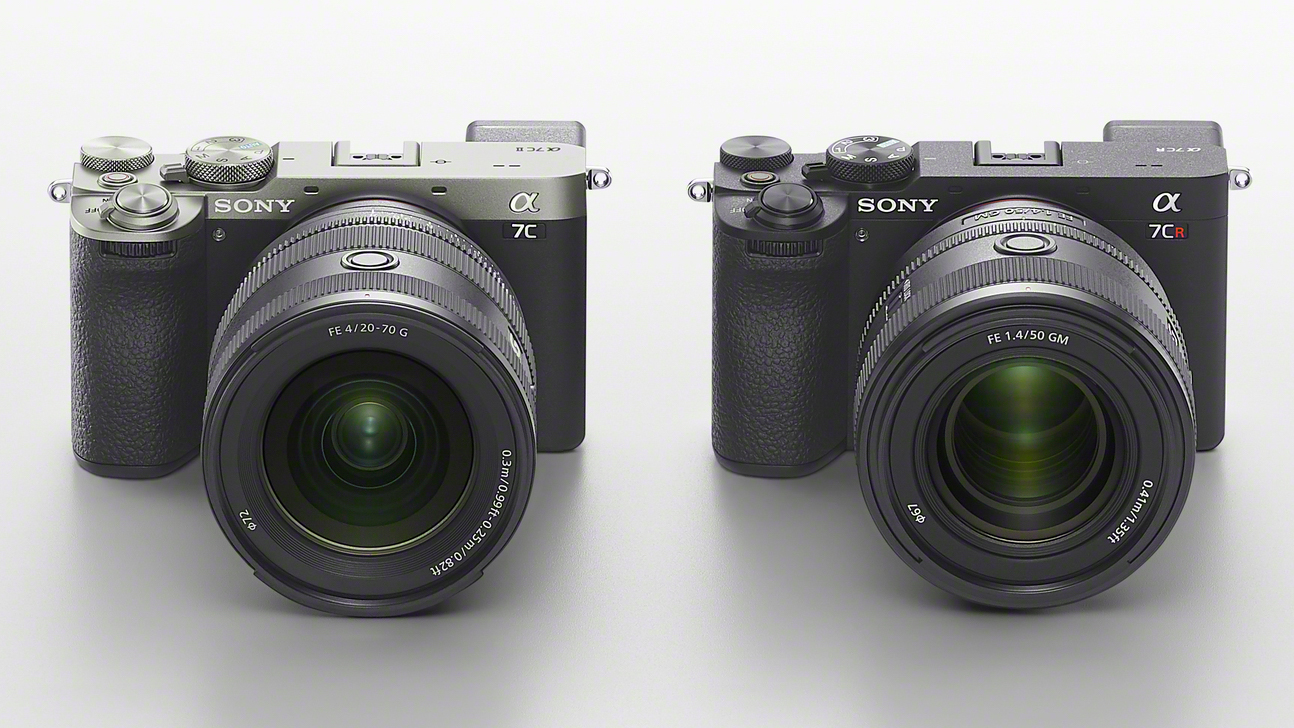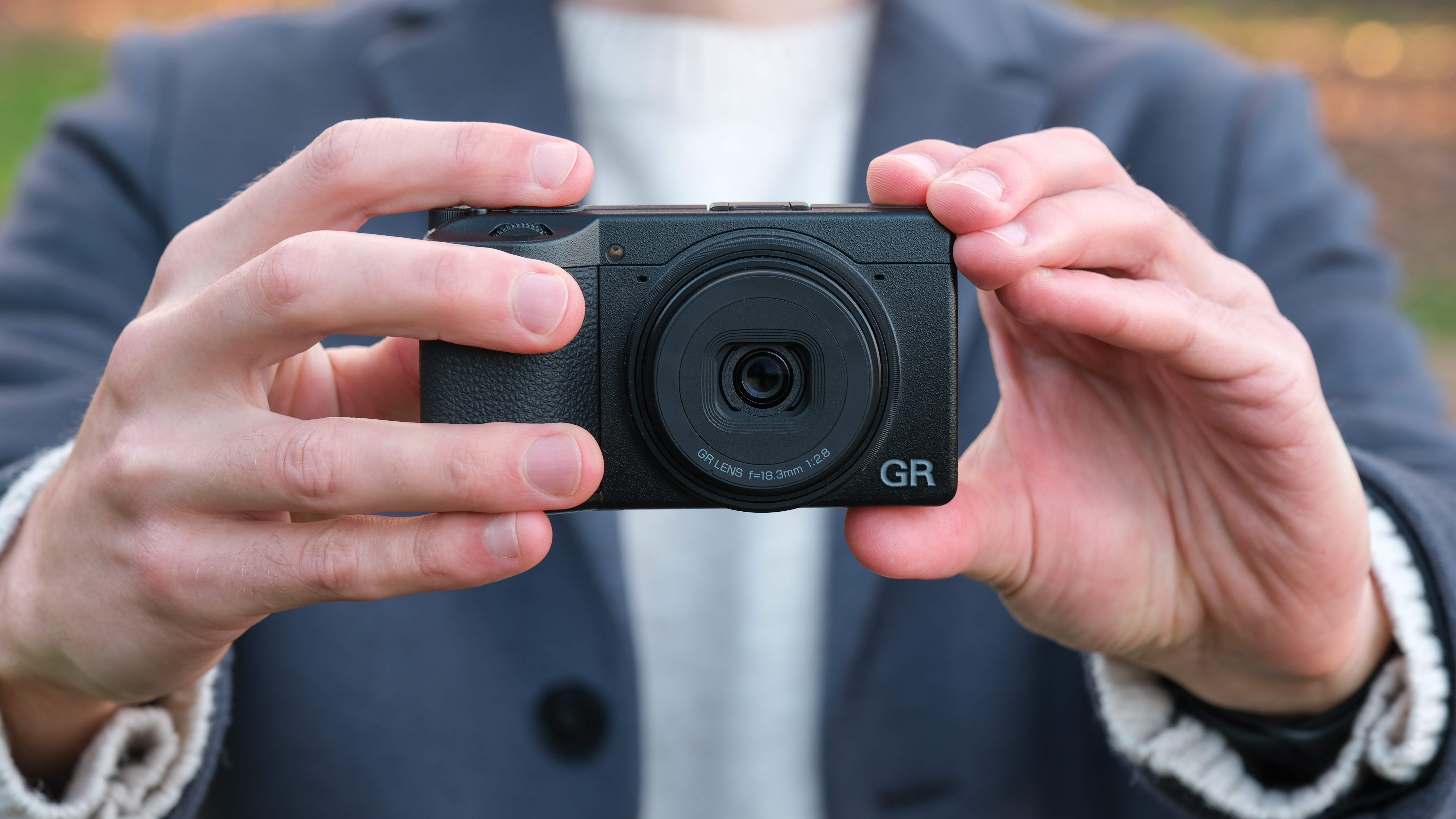Seeing double – Sony announces not one but two replacements for the Sony A7C
The Sony A7C II and A7C R bring Sony’s latest autofocus and some serious megapixel power to its most compact full-frame camera

Does anyone at Sony sleep? It feels like Sony is never content to just take a moment and sit and reflect on its enormous success. Only a few weeks after launching the Sony a6700, which itself was hot off the heels of the three other major cameras Sony has already put out this year, Sony is back with the big brother of the a6700, in not one, but two sensor sizes – with the Sony A7C II and Sony A7C R.
Sony A7C II
If you follow Sony cameras closely then the specs of the new A7C II won’t come as much of a surprise as these are all components or features Sony has debuted in previous models such as the Sony A7R V or Sony ZV-E1, however, the A7C II combines all this latest Sony tech into the only camera in its range that ticks all the boxes of a compact form factor, a viewfinder, and a full-frame sensor.
Sony has gone with a 33MP BSI Exmor R sensor for the A7C II, combining this with its now tried-and-tested Bionz XR and AI processor combo which is a bump from the 24MP sensor in the prior version. Sony promises that this processor will make the A7C II up to eight times faster at processing images than the A7C, and enable the camera to shoot up to 10fps with continuous autofocus and autoexposure, and with a buffer of 1000+ JPEGs, 44 RAWs, or 20 RAW and JPEGs.
The A7C II is also able to create in-camera focus-stacked images of up to 299 frames. When it comes to ISO, the A7C II settles on Sony’s current standard of 100 - 51,200 (expandable to 102,400).
The body has been slightly redesigned from the original model, although you might have to look hard for the changes. Sony claims the new body is now more ergonomic, with a new front command dial and additional custom button. If you are getting deja vu and thinking this camera looks oddly familiar, yes, this is pretty much the same design that debuted on the APS-C-equipped Sony a6700 just a few weeks ago.
The rangefinder-style EVF remains, with a 2.36 million OLED dot resolution and a 0.7x magnification, which is a small but welcome improvement in magnification over the A7C, which didn’t have the best viewfinder experience going. The camera itself has 759 phase-detection points which cover 94% of the sensor and can focus down in low light down to -4.0EV (which is one more stop than A7C).
On the rear, there is a 3.0-inch 1.03 million dot touchscreen panel that uses Sony’s latest and much-improved touchscreen interface with quick menus. The A7C II has again been stuck with just the one SD UHS-II card, which is bound to annoy some users, the SD slot is thankfully on the side though, and not under the battery, alongside HDMI, headphone, microphone, and USB-C ports.
The best camera deals, reviews, product advice, and unmissable photography news, direct to your inbox!
Very much a hybrid camera aimed squarely at creators, the A7C II offers a range of video options, topping out at 4k60p video. The camera is also capable of 4k30p with oversampling down to FHD video in 120p, and the usual shooting options are present, with 10-Bit 4:2:2, S-Cinetone and S-Log for a more controlled post-production workflow.
The A7C II has up to 7-stop in body image stabilization for still and video, as well as Sony’s Active Stabilization for video recording which applies a slight crop to the image.
The A7C can also pull off all the tricks from Sony’s other recent cameras including Auto Framing, in-camera LUTs, soft skin, focus-breathing correction, and four-channel audio recording.
Sony A7C R
The Sony A7C R feels very much like Sony taking a punt on a build-it-and-they-will-come strategy. The A7C IIR is the exact same body as the A7C II, except Sony has decided to switch out that camera’s 33MP sensor for the 60MP one from the Sony A7R V - making this onto the list of the highest-resolution cameras you can buy. Is this a camera many people were asking for? Who knows, but here we are.
The 60MP sensor in the Sony A7C R is again combined with the Bionz XR and AI processor. In an interesting twist on the formula, this sensor now has multiple resolutions, which means that the Sony A7C R can shoot 15, 26, or 60-megapixel images using the full width of the sensor through pixel binning, not by cropping the image. This is something that Leica has used on its most recent Leica M11 cameras to very good effect. The A7C R is also able to use its IBIS to create Pixel Shift images that are even larger, should really need it.
Most of the specs for the A7C R follow that of the lower resolution A7C II, with a few notable exceptions due to the increased pixel size of that 60MP sensor. On the A7C IIR, the ISO caps out at 32,000 (64,000 expandable), the shutter speed is also slightly slower at just 8fps with continuous autofocus and autoexposure, and the sensor has a reduced 693 AF points that only cover 79% of the sensor. When it comes to video, the A7C IIR is also capable of 4K60p, but this time with a 1.2x crop, 4k30p and below however can use the full width of the sensor.
Pricing and availability
Both cameras will be available around mid-September, but preorders are starting now at most retailers. The A7C II will cost $2,299 / £2,100 / AU$3,499 for the body only, or $2,499 / £2,350 in a kit with the Sony FE 28-60mm f/4-5.6 lens (Australian pricing for the kit is TBC).
The A7C R however, will cost a much steeper $2,999 / £3,200 / AU$4,999 for the body alone.
Both cameras are available in all black, or black and silver finish like the A7C. Speaking of which, apparently the A7C is staying on the market for the time being, but with retailers clearing space for these new model, it might soon be possible to pick one up at a discounted price.

Gareth is a photographer based in London, working as a freelance photographer and videographer for the past several years, having the privilege to shoot for some household names. With work focusing on fashion, portrait and lifestyle content creation, he has developed a range of skills covering everything from editorial shoots to social media videos. Outside of work, he has a personal passion for travel and nature photography, with a devotion to sustainability and environmental causes.





